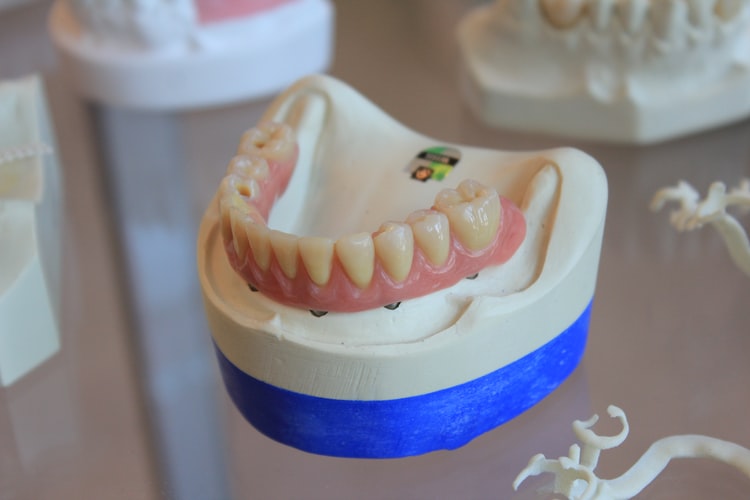Mouse Study Provides Quantitative Insight on Dental Defects in XLH

Photo by Quang Tri NGUYEN on Unsplash
Teeth problems associated with X-linked hypophosphatemia (XLH) are characterized by poor mineralization of several tooth tissues and jawbones, as well as defective mechanical properties, a study in mice suggests.
The study, “Dentoalveolar Defects in the Hyp Mouse Model of X-linked Hypophosphatemia,” details dental defects in a mouse model of XLH, using several imaging techniques and mechanical tests. It was published in the Journal of Dental Research.
XLH is caused by mutations in a gene called PHEX and is characterized by low levels of phosphate in the blood. Phosphorus is an important mineral required for the development and growth of bones and teeth, in addition to its role in maintaining and regulating cells.
Teeth problems are common among people with XLH. Children with the disease are prone to tooth abscesses or infections under the teeth. Their teeth may also be spaced irregularly, which can lead to pain and infections. Adult patients also are prone to tooth abscesses and may develop periodontitis, a serious gum disease.
Although dental problems are prevalent, the specific dentoalveolar defects — those related to teeth and tooth sockets in the jaws (dental alveoli) — in these patients are not well-understood.
Therefore, a team of researchers set out to investigate the effects of XLH on teeth formation and function by conducting physical tests and using several imaging methods, including radiography and micro-computed tomography (micro-CT) scans, in a mouse model of XLH.
Tests assessed both the structure and degree of mineralization in teeth and associated bones. Teeth and bones are mineralized tissues that are strongly hardened because they contain organized crystals of calcium and phosphate. They also contain cells and a mesh-like matrix of proteins and sugars that provides support to mineralized regions.
Results revealed that, compared with healthy mice, those engineered to mimic symptoms of XLH had a smaller tooth enamel, which is a hard, highly mineralized material that makes the outermost part of the tooth and acts as a protective barrier.
The mouse model of XLH also had shorter and thinner dentin (the calcified tissue that lies beneath enamel and is the major component of teeth), wider predentin (the innermost portion of dentin, not mineralized), and extensive interglobular dentin (areas of dentin that are less mineralized).
Acellular cementum (part of the thin mineralized tissue covering the tooth root lacking cells called cementocytes) was also thinner than normal.
In turn, cellular cementum was more expanded due to the accumulation of layers with lower-than-normal mineralization. The tiny chambers that harbor bone and cement cells were enlarged, and their surroundings were less mineralized.
The jawbones or mandibles had an expanded alveolar bone (the thickened bone ridge that contains the tooth sockets) with an accumulation of unmineralized portions of bone (osteoid). Further tests confirmed that this bone was smaller and less dense.
Given these significant changes, the researchers suspected that the mechanical properties of teeth and jawbones would also be affected.
Mechanical tests confirmed that jawbones had significantly altered the capacity to bear strain, with a reduction of more than 60% in stiffness.
Production and distribution of several proteins involved in the deposition of bone and tooth tissues were also altered in the mouse model of XLH compared with the control animals.
“This study reports for the first time a quantitative analysis of the Hyp mouse [XLH mouse model] dentoalveolar phenotype [presentation], including all mineralized tissues,” the researchers wrote.
The findings also offer additional insights into the biology of cementum and the roles played by cementocyes in mineralization, they added.






